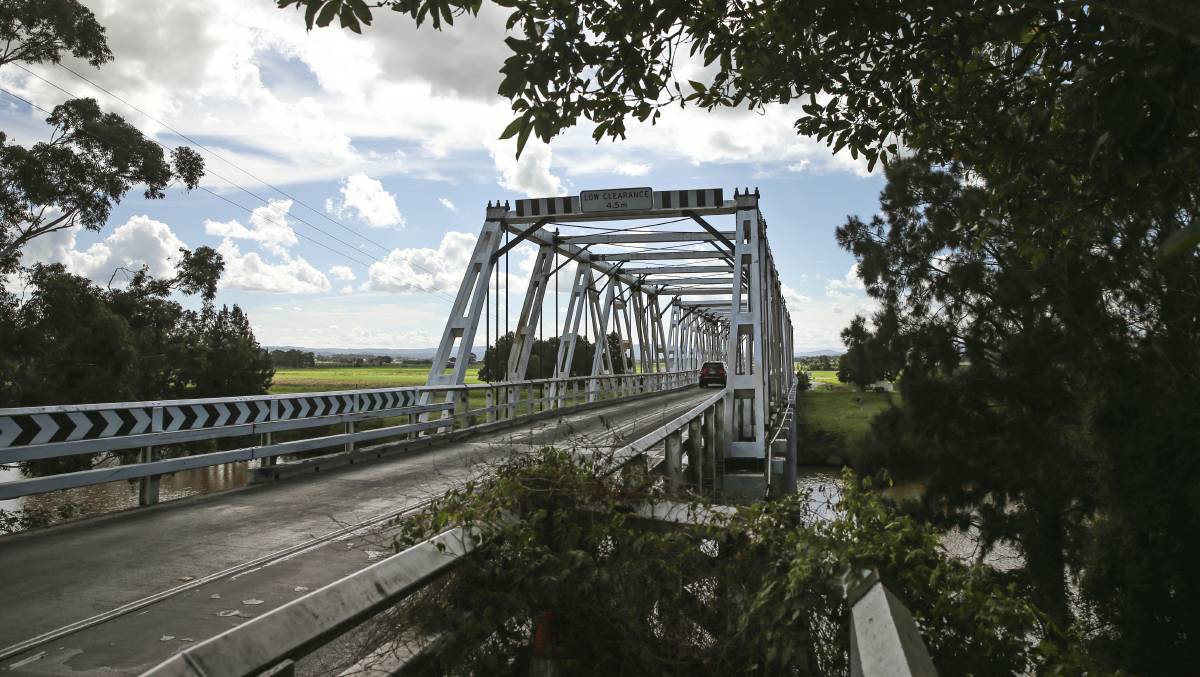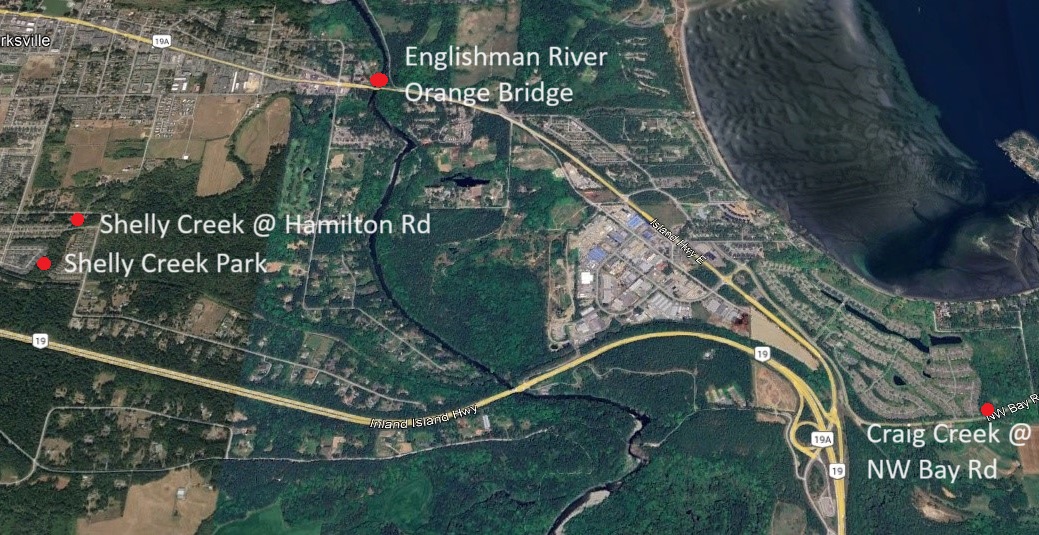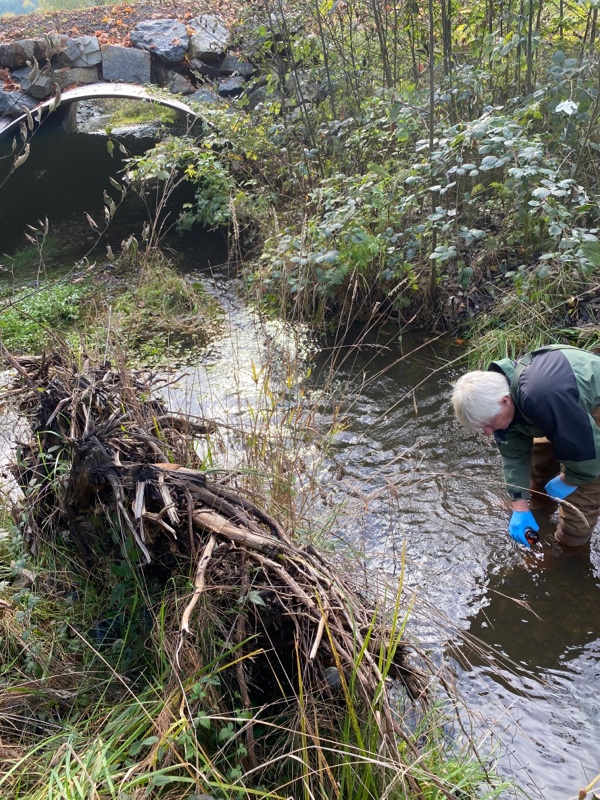Monitoring for a Coho Killer
You may have already read the news about a toxin found in tires that killed salmon in Brothers Creek in West Vancouver and in Piercy Creek in the Comox Valley. 6PPD is a tire preservative which becomes 6PPD-quinone when it reacts with ozone in the air. This chemical collects in rainwater and is lethal to Coho Salmon at a concentration of 0.8 parts per billion.

Bridges that cross creeks and rivers often have stormwater drains that empty directly over the waterways. When it rains, stormwater flushes whatever is on the bridge through the drains into the water below, including 6PPD-quinone. There is a term for a die-off of salmon caused by flushing this toxin into waterways: Urban Runoff Mortality Syndrome (URMS).
BCCF is partnering with stewardship groups on the east coast of Vancouver Island to learn what extent 6PPD-quinone exists within our waterways, focusing on those that are utilized by salmon. MVIHES volunteers have been collecting water samples downstream of bridges in the Parksville area since 2022. Sampling events are based on weather, particularly heavy rain following a 48-hour dry period when contaminants are most likely to be flushed into waterways.
Our first sampling location was the Englishman River downstream of the Orange Bridge. 6PPD-quinone was not detected in any of the samples collected, probably because the river is a large waterbody providing a lot of dilution (unlike Brothers and Piercy Creeks) and traffic across the bridge is much lighter than in West Vancouver.

Sampling locations (above map) moved to smaller salmonid creeks in 2023 and include: Shelly Creek where the resident Cutthroat Trout hang out in Shelly Creek Park; Shelly Creek downstream of the crossing at Hamilton Rd; and Craig Creek in Craig Bay downstream of Northwest Bay Rd. So far, none of the samples collected from Shelly Creek contained detectable levels of the toxin.

Volunteer Dick Dobler is shown in the left-hand photo preparing to collect a sample from Craig Creek. One sample from Craig Creek contained a trace amount of 6PPD-quinone (0.003 parts per billion, below lethal concentration of 0.8 parts per billion) while concentrations in the other samples were non-detectable.
The relatively low traffic at these crossings are probably the reason for the non-lethal concentrations of 6PPD-quinone in these small waterway.
We'll continue monitoring our local waterways for 6PPD-quinone and keep you up to date on the results.
Many thanks to our volunteers and Haley Tomlin at BCCF.